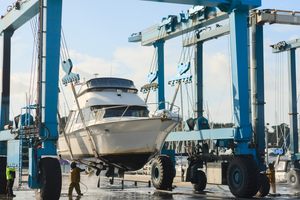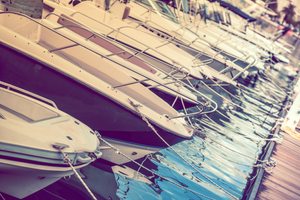Boat buying can sometimes feel like learning a new language to understand what brokers and sellers are saying. This quick and easy guide breaks down key specifications into clear, manageable pieces.
Hull
A hull is the main structural component of the boat that sits in the water. It provides buoyancy and stability, supporting the entire weight of the boat. The hull's shape and design affect the boat's performance, including speed, handling, and seaworthiness.
The most common hull types include:
- Monohull: single hull - suitable for motor and sailing boats, and offers excellent handling and performance
- Multihull: catamaran - features two parallel hulls, providing increased stability and space.
- Multihull: trimaran - has three hulls, offering superior stability and speed, and is often used for racing or long-distance cruising.

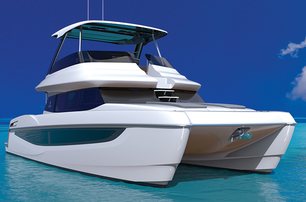
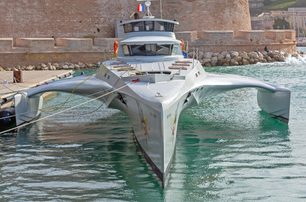
Length
In boating, LOA (Length Overall) and LWL (Length Waterline) are two different measurements used to describe a boat's size and performance characteristics.
- LOA (Length Overall): This is the total length of the boat from the tip of the bow to the end of the stern, including all overhangs. It provides the maximum length of the vessel as seen from the outside.
- LWL (Length Waterline): This measures the length of the boat at the waterline. It does not include any overhangs beyond the point where the boat sits in the water. LWL is important for understanding a boat’s speed potential and handling characteristics, as it affects water resistance and hull performance.

As an example, the 2014 Lurssen yacht WHISPER (formerly known as KISMET) has a waterline length (LWL) of 75.5m/247.8ft. However, its length overall (LOA) is 95.2m/312.4ft, a difference of 19.7m/64.6ft. This difference is due to the yacht's prominent bow feature
Be aware that boat model names can sometimes give the impression of a length that doesn't match the actual measurement. Some builders use meters, while others use feet in their model titles. For example, the now-discontinued Sea Ray 420 Sundancer suggests 42ft but it measures 45ft. Similarly, the Custom Line Navetta 30 may imply 30m or 30ft. In this case, it was in meters, however, it measures 28.43m
Beam
The beam is the width of the boat at its widest point, measured perpendicular to its length.
A wider beam provides more stability and interior space but can affect the boat's ability to navigate narrow channels and maneuvering ability, while a narrower beam can enhance speed and maneuverability.
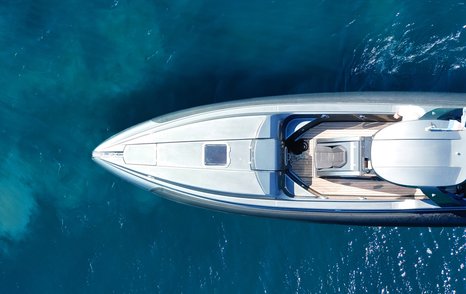
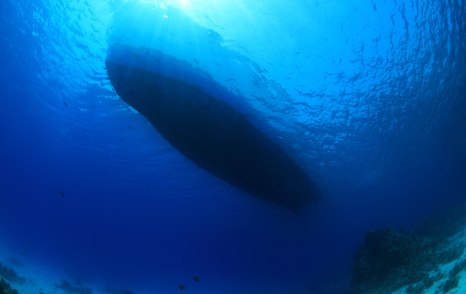
First-time boat buyers should consider the beam relative to the type of activities of the boat, and the water conditions or the berthing opportunities of the cruising, or activity, area.
Draft
Draft refers to the depth of a boat's hull below the waterline.
A shallow draft enables access to shallower waters and closer beach landings, making it suitable for exploring coastal areas and navigating narrow channels.
Conversely, a deeper draft enhances stability and performance in rough seas, offering better control and reducing the risk of instability.
First-time buyers should consider factors such as the depth of a planned marina berth, the tidal sill at a local harbor, and preferred anchorage spots to ensure the boat's draft aligns with their planned activities and locations.
For a more detailed look at the draft and considerations of boat buying, the YachtBuyer Guides and Advice provides a full article in What is Draft and Why Does it Matter?
Air Draft
Air draft refers to the height of a boat from the waterline to the highest point on the boat. It's an important measurement because it determines whether your boat can pass under bridges, power lines, or other overhead obstacles.
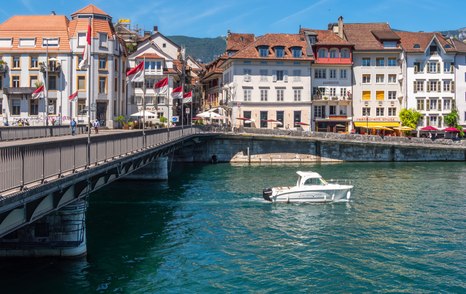

If you're considering buying a boat, knowing its air draft is important, especially if you plan to navigate rivers, canals, or areas with low-clearance bridges. Boats with a high air draft might face limitations in certain waterways, so it's a key factor to consider based on where you plan to cruise.
Displacement
Displacement measures the boat's weight and affects its stability and performance. Heavier boats generally provide a smoother ride and better stability, while lighter boats may offer faster speeds and better fuel efficiency.
Light Displacement
- Characteristics: Lighter boats that are faster and more agile.
- Performance: Excels in calm conditions with quick acceleration and easy handling.
- Usage: Ideal for racing, recreational activities, and cruising in calm waters.
Moderate Displacement
- Characteristics: Balanced weight, offering both speed and stability.
- Performance: Handles various conditions well, providing a comfortable and versatile ride.
- Usage: Suitable for general cruising in diverse water conditions.
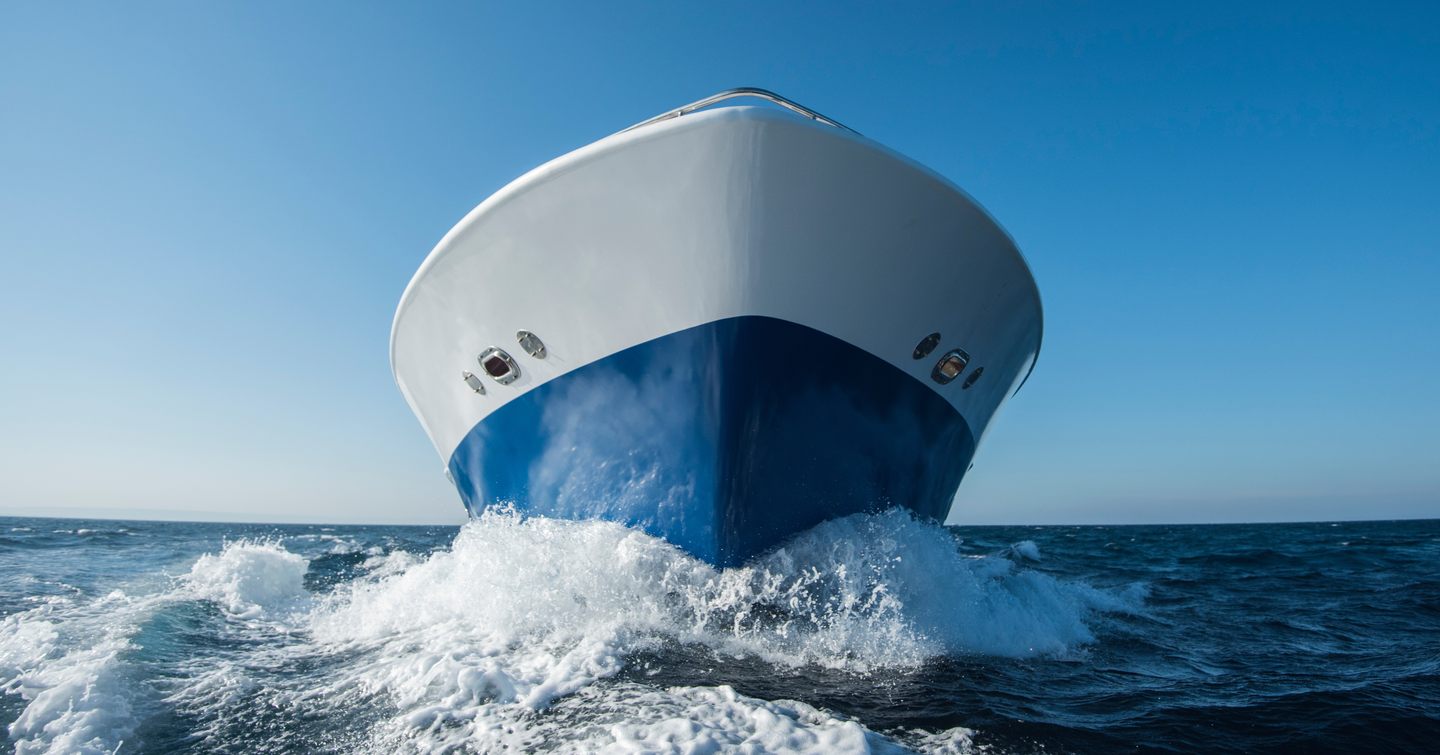
Heavy Displacement
- Characteristics: Heavier boats with increased stability in rough seas.
- Performance: Offers a smooth ride and better stability, though slower and less agile.
- Usage: Best for long-distance and offshore cruising where stability is crucial.
Tonnage
Gross Tonnage (GT) and Net Tonnage (NT) are important terms in the boating world, especially when you're considering buying a boat for the first time. Here's a clear explanation:
Gross Tonnage (GT) is a measure of the total internal volume of a boat. It takes into account the overall size of the boat, including the spaces used for machinery, for example, the engine bay. It's not related to the weight of the boat but rather the amount of space inside it. A higher gross tonnage indicates a larger boat with more interior space, which can often mean more amenities and comfort.
Net Tonnage (NT), on the other hand, is a measure of the usable space within the boat. This excludes areas like the engine room, crew spaces, and storage. Essentially, it represents the volume available for guests onboard (or cargo if a commercial vessel).
In summary, gross tonnage gives you an idea of the overall size and capacity of the boat, while net tonnage focuses on the space that's available for use.
Engine Type
Let's explore the option of outboard and inboard.
Outboard Engines
Mounted on the boat’s transom (rear), these engines are external and easy to see.
Benefits:
- Ease of Maintenance: Simple to service and replace.
- More Space: Since they’re outside the hull, you get more room inside the boat.
- Versatility: Ideal for smaller boats, they can be tilted up to navigate shallow waters.
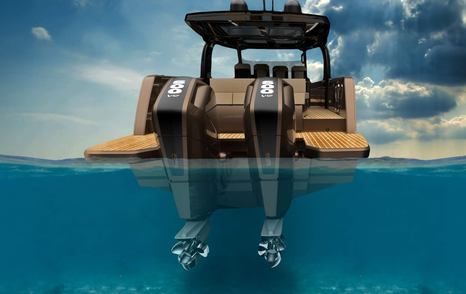

Inboard Engines
Installed inside the boat’s hull, typically in the center or at the stern.
Benefits:
- Better Handling: Offers improved balance and smoother handling, especially in rough waters.
- Quieter Operation: Being inside the hull, they produce less noise.
- Cleaner Look: With no engine hanging off the back, the boat has a sleeker appearance.
The YachtBuyer Guides and Advice section provides a series of articles on engine and propulsion for further reading. Try Choosing the Right Engine for Your Yacht to get started, then follow up with Shaftdrive, Pod Drive, or Sterndrive: Propulsion Systems Explained
The YachtBuyer Guides and Advice section offers detailed explanations on different types of propulsion systems and provides expert advice to support every aspect of your boat-buying journey. From selecting the right yacht to ensuring optimal enjoyment during boat ownership, this resource is designed to guide you through the entire process with confidence.



